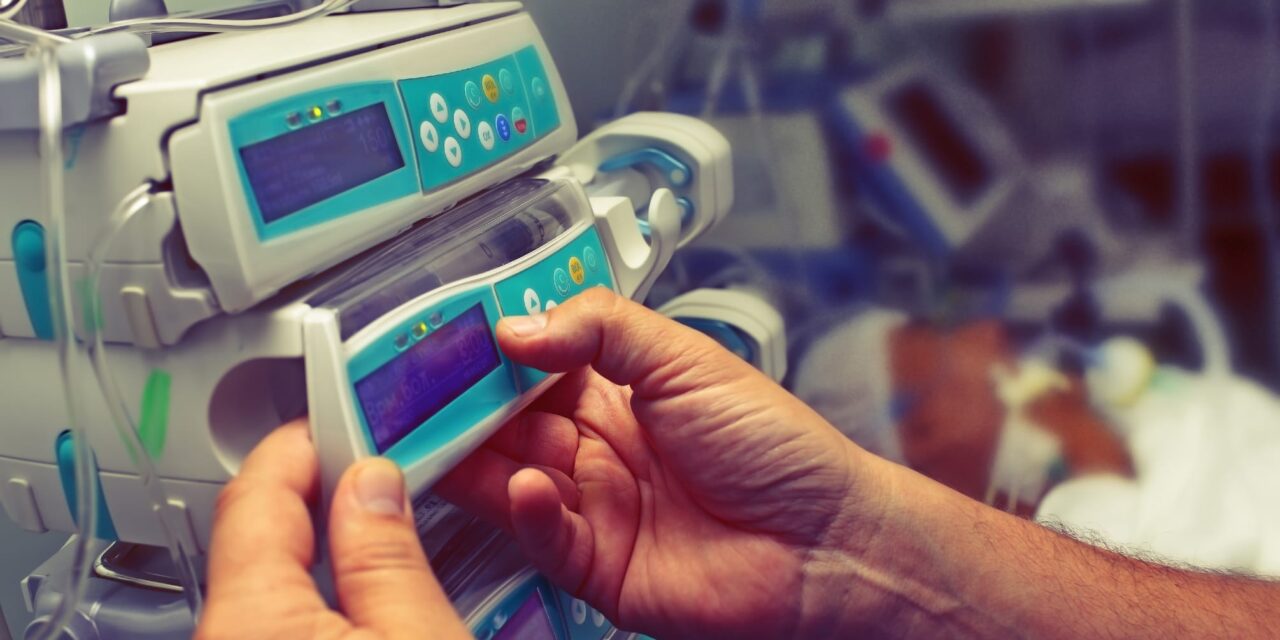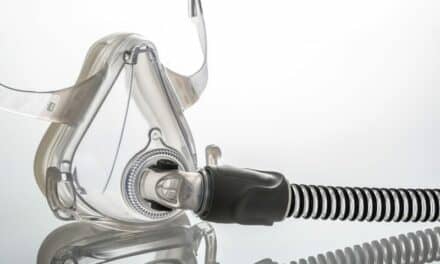Without HTM participation, post-market surveillance risks missing the real-world issues that matter most for patient safety.
By Rajani Kumar Sindavalam
When a medical device clears regulatory approval, it marks the end of design and testing but only the beginning of its real-world journey. Hospitals and healthcare technology management (HTM) professionals soon discover what no laboratory or clinical trial can fully capture: how devices perform day after day across patients, operators, and unpredictable environments.
That ongoing process—tracking, analyzing, and acting on device performance in the field—is known as post-market surveillance (PMS). Far from being just a regulatory requirement for manufacturers, PMS is a shared safety system. Done well, it prevents injuries, reduces recalls, and strengthens trust in medical technology. Done poorly, it leaves hospitals and patients vulnerable to unseen risks.
What Is PMS in Plain Terms?
PMS is the continuous monitoring of medical devices after they are released to the market. While design verification and validation confirm a product meets requirements before launch, PMS ensures it continues to meet safety and performance standards in real use.
Typical PMS activities include:
- Collecting and analyzing complaints and service data.
- Tracking device failures, near misses, and adverse events.
- Reviewing scientific literature and competitor performance.
- Feeding insights into risk management, labeling updates, and design improvements.
Under both the US Food and Drug Administration’s Quality System Regulation and the EU Medical Device Regulation, manufacturers must maintain PMS systems. But the primary data sources—complaint logs, maintenance records, and clinician feedback—come directly from hospitals.
Why PMS Matters to Hospitals
For hospitals and HTM teams, PMS is not an abstract regulatory exercise. It has direct patient safety and operational implications:
- Early warning system: Service logs and complaint data often reveal failure trends before they escalate into wider issues.
- Regulatory alignment: Both FDA and EU MDR expect manufacturers to show active PMS. Hospitals that provide clear data help ensure devices remain compliant and available.
- Patient safety and trust: Reliable PMS processes ensure risks are addressed promptly, giving clinicians confidence in the devices they use every day.
- Operational efficiency: PMS insights can influence procurement and maintenance strategies, helping hospitals choose vendors with strong safety records and responsive corrective actions.
How HTM Professionals Contribute
Although PMS may sound like a manufacturer’s responsibility, hospital HTM teams are on the front lines. Their contributions include:
- Accurate documentation: Recording not just what was repaired, but also the context. Was it recurring? Did it affect patient care? Was there a safety risk?
- Escalating trends: Identifying clusters of similar issues (eg, recurring alarm errors) that may indicate systemic risks.
- Capturing usability issues: Many adverse events stem from labeling or interface confusion, not hardware failure. HTM documentation of these details adds valuable insight.
- Supporting corrective actions: Implementing recalls, field corrections, and software updates, and ensuring closures are documented.
When PMS Works—and When It Falls Short
Strong PMS systems detect subtle signals before they become widespread. For instance, a cluster of recurring malfunctions may initially appear as isolated events. When HTM teams document these carefully and escalate them, manufacturers can investigate, issue software patches, update training, or make design improvements—preventing problems from spreading across the broader patient population.
Weak PMS practices—fragmented reporting, incomplete service notes, or lack of follow-through—can delay recognition of safety concerns. This doesn’t necessarily mean negligence, but it does mean missed opportunities to intervene early. For HTM leaders, the takeaway is simple: comprehensive documentation and clear communication channels are essential to protecting patients.
The Leadership Dimension
Hospital HTM managers and clinical engineering leaders can elevate PMS from a compliance activity to a proactive patient safety strategy. Practical steps include:
- Formalize complaint reporting: Establish simple, standardized processes so frontline engineers know exactly how to log issues.
- Train staff on the “why”: When technicians understand that their reports influence global safety actions, documentation becomes meaningful, not just administrative.
- Close the loop with clinicians: Regularly share PMS trends with frontline staff. This builds trust and ensures early identification of usability concerns.
- Engage with vendors proactively: Ask how manufacturers use PMS data and request updates on corrective actions. Hospitals should expect more than silence after reporting complaints.
What Good PMS Looks Like
When PMS is effective, hospitals and manufacturers both see measurable results:
- Fewer recalls and field actions, as risks are addressed proactively.
- Faster manufacturer response times when issues arise.
- Improved risk metrics, with complaint rates and incidents trending downward.
- Better procurement decisions, guided by a track record of reliability and responsiveness.
For HTM leaders, these outcomes signal that surveillance is functioning as a true safety net—not just as regulatory paperwork.
The Bridge Between Design and Reality
Medical devices don’t stop evolving the day they leave the factory. Real-world use uncovers risks and challenges that only continuous monitoring can capture. PMS is the bridge between design intent and patient reality.
For manufacturers, PMS may be a regulatory mandate. For hospitals and HTM professionals, it is a chance to be active partners in global patient safety. Every service log, every complaint, and every escalation is more than documentation; it’s a contribution to safer healthcare worldwide.
About the author: Rajani Kumar Sindavalam is a systems engineering leader with 18-plus years in medical device development. He led global programs at HCLTech involving infusion pumps, peritoneal dialysis cyclers, bedside monitors, novel medical devices, and regulatory remediation across Class II/III platforms.
ID 85004071 | Concept © Sudok1 | Dreamstime.com





